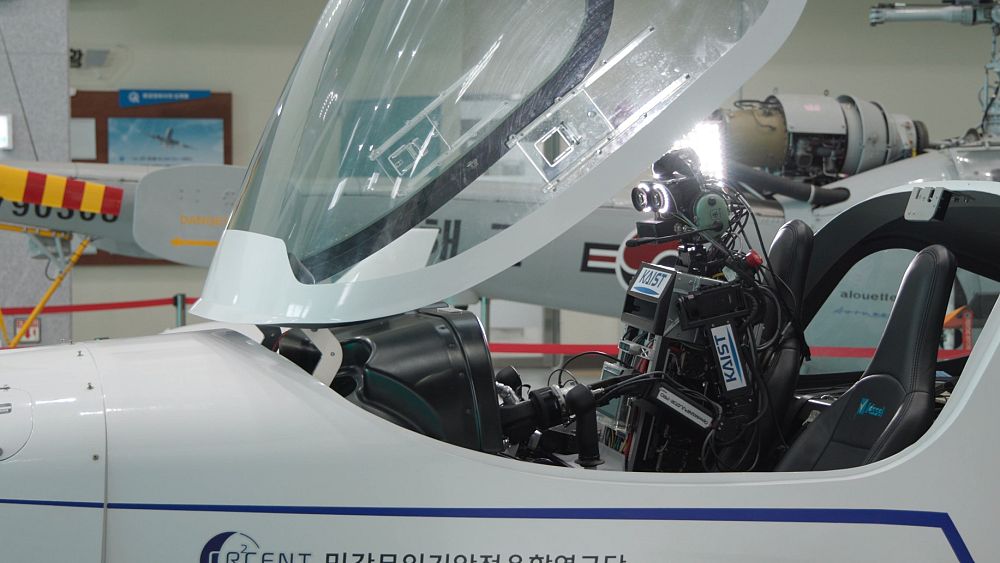cross-posted from: https://lemmy.zip/post/1518091
Archived version: https://archive.ph/CnQdq
Archived version: https://web.archive.org/web/20230816130220/https://www.euronews.com/next/2023/08/15/meet-pibot-the-humanoid-robot-that-can-safely-pilot-an-airplane-better-than-a-human
I’ll always trust Otto the autopilot from airplane
Cam here for Otto reference and was not disappointed
This is the best summary I could come up with:
Both artificial intelligence (AI) and robotics have made significant strides in recent years, meaning most human jobs could soon be overtaken by technology - on the ground and even in the skies above us.
A team of engineers and researchers from the Korea Advanced Institute of Science & Technology (KAIST) is currently developing a humanoid robot that can fly aircraft without needing to modify the cockpit.
The research team says Pibot “understands” and memorises manuals originally written for humans thanks to recent advances in large language models (LLM).
While using ChatGPT, the research team is also currently developing and testing its own natural language model so that Pibot can make queries without relying on an Internet connection.
The humanoid robot can also communicate with air traffic controllers and humans in the cockpit using voice synthesis, allowing it to act as a pilot or a first officer.
Standing at 160 cm and weighing 65 kg, Pibot’s humanoid design allows it to seamlessly replace humans in roles like driving automobiles, operating tanks, or even commanding ships at sea.
I’m a bot and I’m open source!
Like driving, it sounds well suited for automation. Self-driving cars are having a problem with a long tail of edge cases, of which I expect less up in the air, but I do wonder how this thing would deal with mechanical failure.



